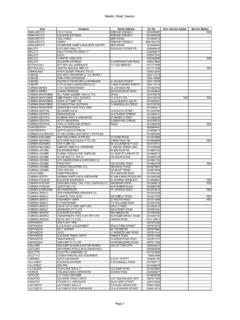Transcription of Key Indicator Report - Statistics South Africa | The South ...
1 Statistics South AFRICASTATS SATHE South Africa I KNOW, THE HOME I UNDERSTANDKey Indicator ReportSouth Africa health survey demographic and 2016 2040608010012014016018020020406080100120 140160180200 South Africa demographic and health survey 2016 Key Indicators Report National Department of health Pretoria, South Africa South African Medical Research Council Cape Town, South Africa The DHS Program ICF Rockville, Maryland, USA May 2017 I wish to acknowledge the invaluable contribution of the following institutions that formally partnered with Statistics South Africa in the production of this Report . Pali Lehohla, Statistician-General.
2 South Africa demographic and health survey 2016: Key Indicator Report , Statistics South Africa Published by Statistics South Africa , Private Bag X44, Pretoria 0001 Statistics South Africa , 2017 Users may apply or process this data, provided Statistics South Africa (Stats SA) is acknowledged as the original source of the data; that it is specified that the application and/or analysis is the result of the user's independent processing of the data; and that neither the basic data nor any reprocessed version or application thereof may be sold or offered for sale in any form whatsoever without prior permission from Stats SA.
3 Stats SA Library Cataloguing-in-Publication (CIP) Data RP: 03-00-09 75pp ISBN: 978-0-621-45499-4 A complete set of Stats SA publications is available at Stats SA Library and the following libraries: National Library of South Africa , Pretoria Division National Library of South Africa , Cape Town Division Library of Parliament, Cape Town Bloemfontein Public Library Natal Society Library, Pietermaritzburg Johannesburg Public Library Eastern Cape Library Services, King William's Town Central Regional Library, Polokwane Central Reference Library, Mbombela Central Reference Collection, Kimberley Central Reference Library, Mmabatho This Report is available on the Stats SA website: Copies are obtainable from: Reprographics, Statistics South Africa Tel.
4 : 012 310 8619 012 310 8161 Email: For technical enquiries, please contact: Name: Thabo Molebatsi Tel.: 012 310 4857 Cellphone: 060 997 8372 Email: PREFACE This is the South Africa I know the home I understand through the lens of how we reproduce life by giving birth, regulate it through contraception, live it through education, work, accumulation and enjoyment of material and non-material resources, and end it for infants, children and mothers through death. We explore the health of mothers and children through the eye of antenatal and postnatal care. Children from birth signify the future and we navigate how this future is guaranteed or otherwise by focusing on immunisation against disease and feeding practices.
5 We make significant observations on anthropometric measures and associated risks to stunting and wasting amongst South African children. As the sex act is central to reproduction as well as sexually transmitted diseases, we walk through the sex forest and observe practices of this social and biological endeavour in order to understand its implications on HIV and AIDS. Societal consumption practices and patterns of alcohol and tobacco do not escape the spotlight and finally in the highlights we are having commentary on spousal violence. Through the South Africa demographic and health survey (SADHS) 2016 we shed light on these and many more. Now for some highlights: South Africa is approaching a demographic winter, wherein women are giving birth to fewer and fewer children.
6 In the last three years, on average the number of children ever born per woman was compared to an average of over a three year period ending in 1998. As of 2016, the average for the year is at children per woman, and this is children lower than the three year average based on the Community survey of 2016. South Africans are aware of HIV and AIDS testing and in this regard 93% of them are aware of this medical condition. Although 81% have ever tested for HIV and AIDS, in the age group 15-24, 31% have never tested for HIV and AIDS. South Africans engage in multiple sexual partnerships. Overall, 5% of women reported that they had two or more partners in the past 12 months, and 45% had intercourse in the past 12 months with a person who was neither their spouse nor lived with them.
7 On the other hand, three times the proportion of female experience, that is 17% of men age 15-49, reported that they had two or more partners in the past 12 months, and 55% had intercourse in the past 12 months with a person who was neither their spouse nor lived with them. By 2016, 96% of delivery of children was in a clinic compared to 83% in 1998. Of these 97% were with a skilled health provider compared to 84% in 1998. There are less tears on the faces of mothers as more of those born live to witness their first birthday. However, stunting remains real as children under five fail to grow at the corresponding pace to their age. Amongst boys almost one in three is stunted and amongst girls one in four is.
8 On the other end of the scale, South Africans remain obese, especially the Blacks (20%) and by race and sex, it is highest amongst Coloured women at 26%. At 65 old Mrs Dlamini still enjoys a puff and gets inebriated at times. But as one belonging to the Black population group her smoking behaviour is no match to Mevrou van Zyl s white population group, wherein practices amongst women is five times the three per cent amongst Black and Indian/Asian women. Coloured women are an outlier however. Thirty eight percent (38%) of them enjoy a puff. On the other hand their male counterparts show no major racial differences. In relation to alcohol consumption the differences between men and women and across races is not as pronounced compared to racial and sex based differences in smoking.
9 However the differences still remain significant. Drinking starts at a level where 1 in every four youths amongst girls have at least taken alcohol by the age of 15-19 and the percentage rises sharply to more than one in three by the age of 20-35 before it drops to one in five by age 65. iii CONTENTS LIST OF TABLES .. v LIST OF FIGURES .. v ABBREVIATIONS .. vii DEFINITION OF TERMS .. ix EXECUTIVE SUMMARY .. xiii 1 INTRODUCTION .. 1 survey Objectives .. 1 2 survey IMPLEMENTATION .. 3 Sample Design .. 3 Questionnaires .. 4 Anthropometry, Anaemia Testing, Blood Pressure Measurement, HbA1c Testing, and HIV Testing .. 5 Pretest .. 6 Training of Field Staff.
10 7 Fieldwork .. 8 Data Processing .. 8 Data Analysis and Generating the Wealth Index .. 8 3 KEY FINDINGS .. 9 Response Rates .. 9 Characteristics of Respondents to Individual Questionnaires .. 9 Fertility .. 11 Teenage Pregnancy and Motherhood .. 12 Fertility Preferences .. 13 Family Planning .. 13 Need and Demand for Family Planning .. 16 Early Childhood Mortality .. 18 Maternal Care .. 19 Antenatal Care .. 19 Tetanus Toxoid Vaccination .. 20 Delivery Care .. 20 Postnatal Care for the Mother .. 20 Child health and Nutrition .. 22 Vaccination of Children .. 22 Childhood Acute Respiratory Infection, Fever, and Diarrhoea.
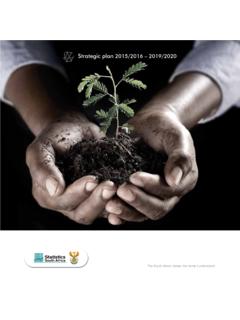
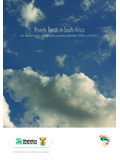

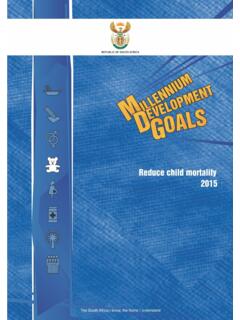
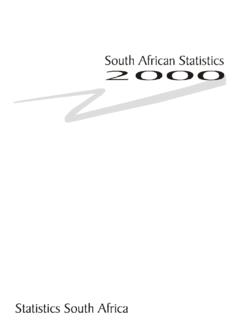
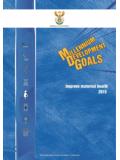

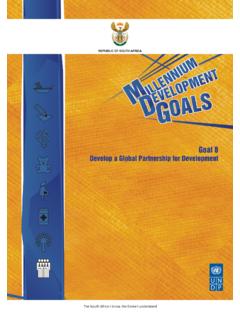

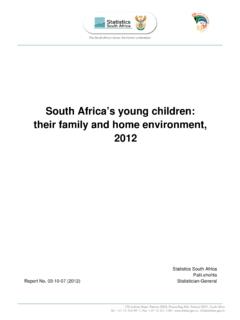

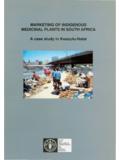



![SOUTH AFRICA NEW PLACE NAMES [version 1106]](/cache/preview/6/5/2/3/d/f/5/2/thumb-6523df52f61fba22c2436f80ab2623a5.jpg)


